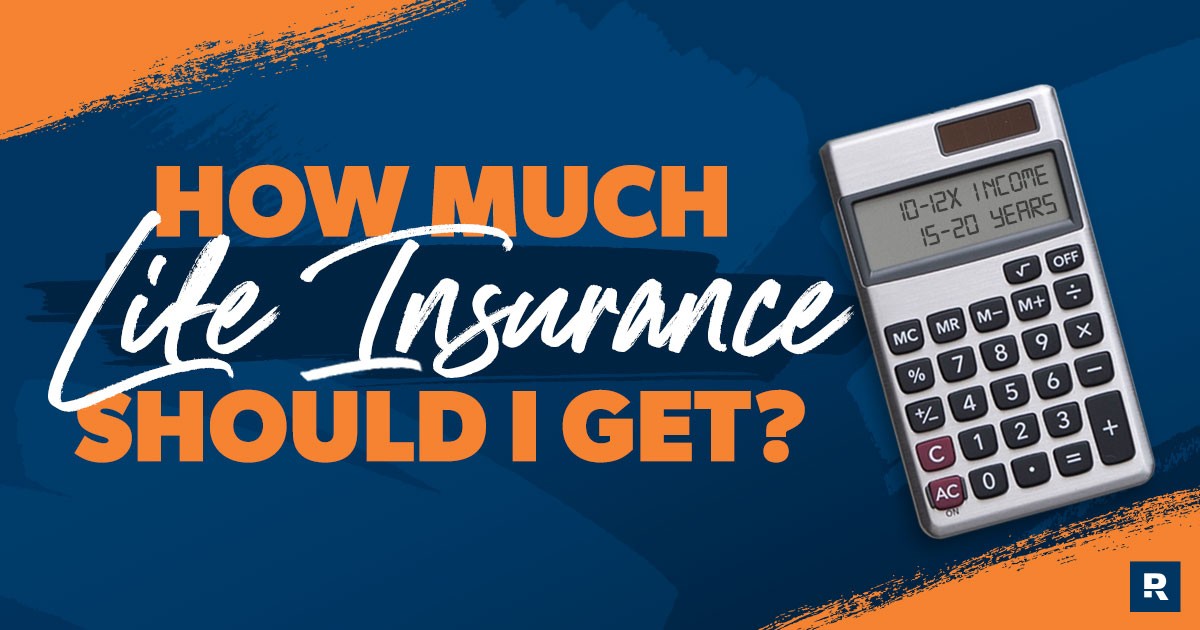When it comes to life insurance, few topics cause as much confusion—or spark as much debate—as the choice between term life and whole life insurance. At first glance, they may seem like two ways to reach the same goal: protecting your loved ones financially in the event of your death. But the reality is that term and whole life policies are fundamentally different products designed for different needs, timelines, and financial strategies.
Term life insurance is often described as the most straightforward type of life insurance. It provides coverage for a specific period—typically 10, 20, or 30 years—and pays out a death benefit only if the insured person dies during that time. The appeal of term life lies in its simplicity and affordability. Because it offers pure insurance without any cash value component, premiums tend to be significantly lower than those of whole life policies. This makes it an attractive option for people who want to secure a substantial amount of coverage during years when their financial obligations are high, such as while raising children, paying off a mortgage, or building a career.
Consider someone in their 30s with a young family and a 25-year mortgage. A term life policy that matches the length of the mortgage could provide peace of mind that, if something were to happen to them, their spouse and children wouldn’t be left scrambling to cover housing costs. Once the term ends and the children are grown, or the mortgage is paid off, the need for life insurance may decrease—at which point the policy can simply expire.
Whole life insurance, on the other hand, is designed to last a lifetime. Unlike term life, it doesn’t expire after a set period, assuming premiums are paid. One of its defining features is the cash value component, which grows over time on a tax-deferred basis. This cash value acts almost like a savings account within the policy and can be borrowed against or even withdrawn under certain circumstances. Because of these additional features and lifelong coverage, whole life insurance tends to come with much higher premiums—sometimes five to ten times more than a term policy for the same death benefit.
For some, the permanence and cash accumulation of whole life insurance make it an appealing long-term financial tool. It can be used as part of an estate plan, a way to leave a legacy, or even as a supplemental source of retirement income. However, it’s important to understand that borrowing against the policy’s cash value or surrendering the policy early can reduce the death benefit or result in unexpected tax consequences.
Where many people get tripped up is in viewing life insurance as purely a financial investment rather than a protection tool. Term life is often better suited to those who want coverage for a temporary need and prefer to invest any savings elsewhere—perhaps in a 401(k), IRA, or taxable investment account. Whole life, in contrast, might appeal more to those with a conservative financial approach, who value the predictability of fixed premiums and guaranteed returns, even if they are modest.
Another factor worth considering is flexibility. With term life, you’re committing to a defined period, after which coverage ends or becomes prohibitively expensive to renew. However, some term policies offer a conversion option that allows the policyholder to switch to a whole life policy without undergoing another medical exam. This feature can be valuable if your health declines during the term and you decide you want permanent coverage later on.
Whole life policies offer long-term stability, but that comes at a cost. High premiums can limit the policyholder’s ability to invest in other vehicles that potentially offer higher returns. For individuals who are disciplined investors or who want to take a more active role in growing their wealth, the opportunity cost of locking in large sums of money into a whole life policy can be significant. But for others, especially those looking for a guaranteed outcome and simplicity in the long run, whole life can be a solid choice.
It’s also helpful to consider your broader financial picture. Are you carrying debt? Do you have dependents who rely on your income? Are you trying to minimize estate taxes? These types of questions can help determine which kind of policy makes the most sense. A young couple just starting out might lean toward term life for its affordability and focus on building wealth through other means. A high-net-worth individual concerned about estate planning and wealth transfer might find whole life fits more neatly into their goals.
The decision between term and whole life insurance doesn’t have to be an either-or scenario. In fact, many financial advisors suggest a hybrid approach. For example, someone might carry a large term policy during their peak earning years, while also maintaining a smaller whole life policy that they keep for the duration of their life. This combination can provide robust coverage when it’s most needed, while also ensuring a permanent benefit down the road.
Ultimately, choosing the right life insurance policy depends on a mix of personal circumstances, financial goals, and your comfort level with long-term commitments and investment strategies. Term life offers simplicity and cost-efficiency, perfect for those seeking temporary protection. Whole life provides lifelong coverage and financial predictability, ideal for those prioritizing permanence and guaranteed growth.
Understanding the distinctions between these two types of life insurance can empower you to make a decision that aligns with both your short-term needs and long-term aspirations. It’s less about choosing the “better” option and more about selecting the right tool for your specific financial blueprint. Like most things in personal finance, the best choice is the one that fits you—and your future—the best.



